The first thing that anyone interested in purchasing a dehumidifier should consider is its size or capacity. Unfortunately, most people go ahead and buy the appliance without knowing its actual size, only to go back to the store complaining that they were ripped off their hard-earned cash.
What Does ‘Dehumidifier Size’ Mean?
Ordinarily, the physical dimensions of the clamshell or size of the dehumidifier are the first thing that will ring into their minds when a discussion about size comes up. If you one of them, you need to realize that you are very far from what is meant in this case.
Size or capacity is used to refer to how many pints of water the device can extract in a specified time duration. Often, it is measured in terms of Pints per Day (PPD). It follows that the referenced time interval is 24 hours.
Steps in Determining the Appropriate Size
1. Determine the Relative Humidity of the Room
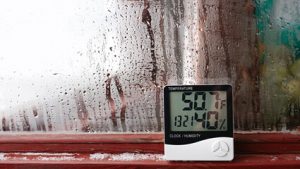
You can purchase a hygrometer or even rent one from a home improvement store to measure the actual humidity level in your room. While this first step is overlooked, at times you may perceive that the humidity levels are high, which may not be the case in the real sense.
However, if a hygrometer may be inaccessible, you can observe the room for signs of dampness.
If the room has puddles of water, it should be considered to be extremely wet. In such cases, the relative humidity may range between 90% and 100%.
Signs of mold, mildew, or a musty smell may also be used as an indicator of high humidity.
You can also check our article on ‘How to Measure Humidity‘ for more useful tips.
2. Measure the Square Feet of the Room
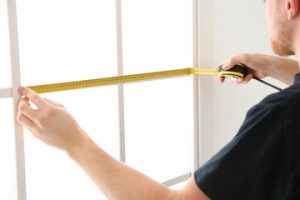
For this exercise, you will need to have steel tape or a tape measure. Record the dimensions of length, width, and height. Using these dimensions calculate the area of the room.
3. Estimate the Air Changes Per Hour (ACH)
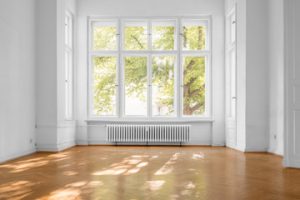
Air changes per hour, (ACH) is used to refer to the rate of air that is added or removed from a room as a function of the volume space. While the definition may seem rather complex, the process of determining the values is relatively simple.
For humidity levels between 90% and 100%, an ACH value of 6 is used in subsequent computations.
For humidity levels between 80% and 90%, use an ACH value of 5.
For damp areas (Humidity levels between 70%- 80%), ACH= 4.
If the humidity levels fall below 70%, ACH= 3.
4. Quantify the Amount of Airflow in Cubic Feet per Minute (CFM)
The airflow is determined by multiplying the volume of the room by the estimated value of air change per hour. The result is then divided by 60 minutes to obtain the amount of moisture that has to be removed.
Need A Simpler Technique?
Association of Home Appliance Manufacturers developed a dehumidifier sizing table, which can assist buyers in estimating the right dehumidifier that can satisfy their needs. These capacities have been tabulated below.
| AHAM Dehumidifier Sizing Table | |||||
| The condition of the Space | 500 Sq. Ft. | 1000 Sq. Ft. | 1500 Sq. Ft. | 2000 Sq. Ft. | 2500 Sq. Ft. |
| Moderate damp space with a musty smell in humid weather | 10 pints | 14 pints | 18 pints | 22 pints | 26 pints |
| Very moist space with smells and damp stains on walls and floors | 12 pints | 17 pints | 22 pints | 27 pints | 32 pints |
| Very wet space with wet walls and seepage | 14 pints | 20 pints | 26 pints | 32 pints | 38 pints |
| Extremely wet with wet floors and high-load conditions | 16 pints | 23 pints | 30 pints | 37 pints | 44 pints |
AHAM Measurement Corrections
It is important to realize that the measurements are an estimate according to AHAM calculations. However, real-life conditions may require different dehumidifier capacities. For instance, a 2000 square feet room may need a 30-pint dehumidifier if it has moderate dampness. However, if this very room is a basement, a larger dehumidifier may be required. That is because conditions such as temperature and humidity levels may slightly differ from the rest of the room.
Still Not Sure What Is Best For You?
The best way to determine the capacity that meets your needs is to consult a well-known dehumidifier dealer. Alorair is always willing to provide advice, you can contact us to obtain reliable information about the capacity of the dehumidifier and any other related issues.
You can also check our list of dehumidifiers. We have many different types of dehumidifier products, including commercial dehumidifiers, basement & crawl space dehumidifiers, and SLGR dehumidifiers. You can choose the best dehumidifier that meets your needs from the list!









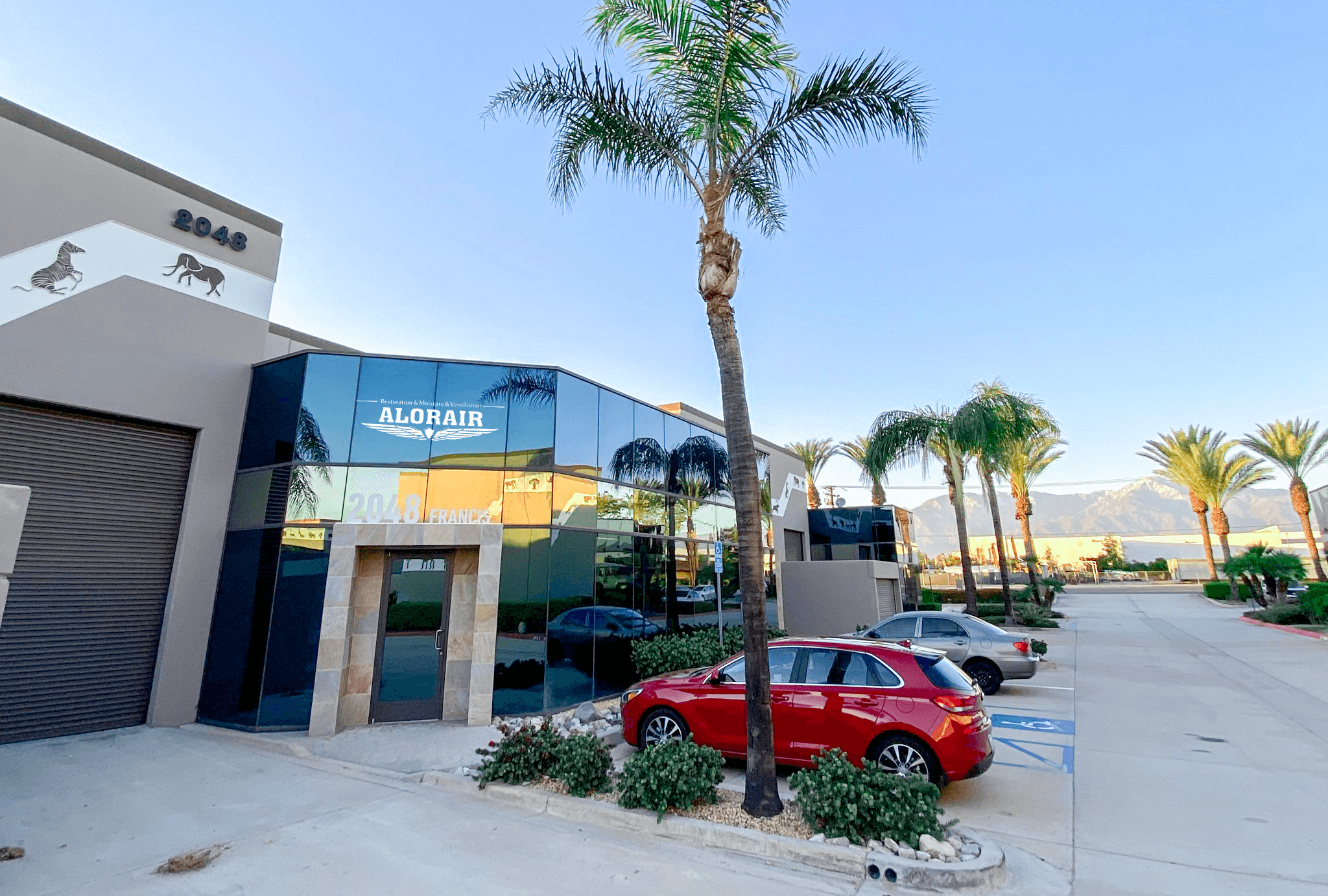

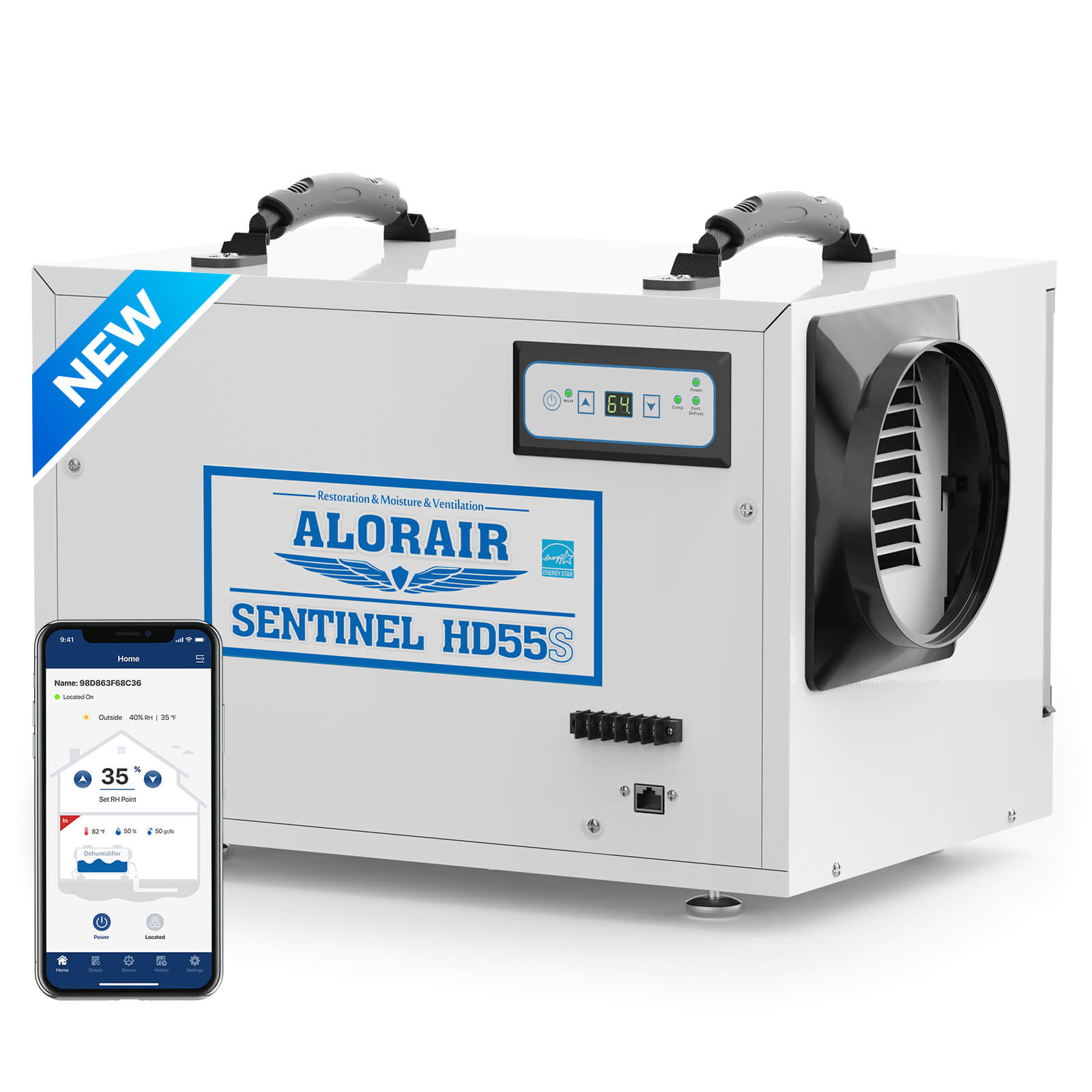
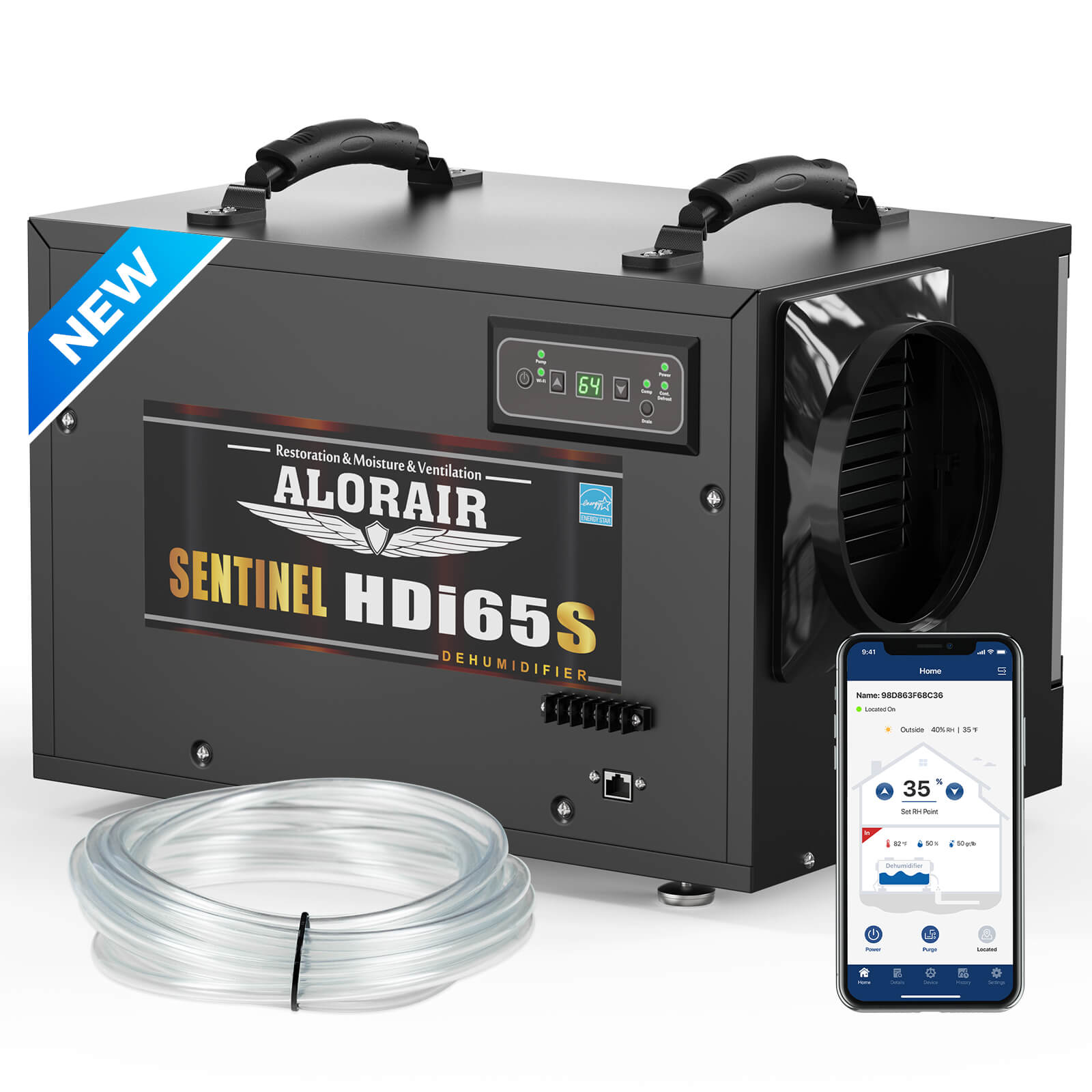
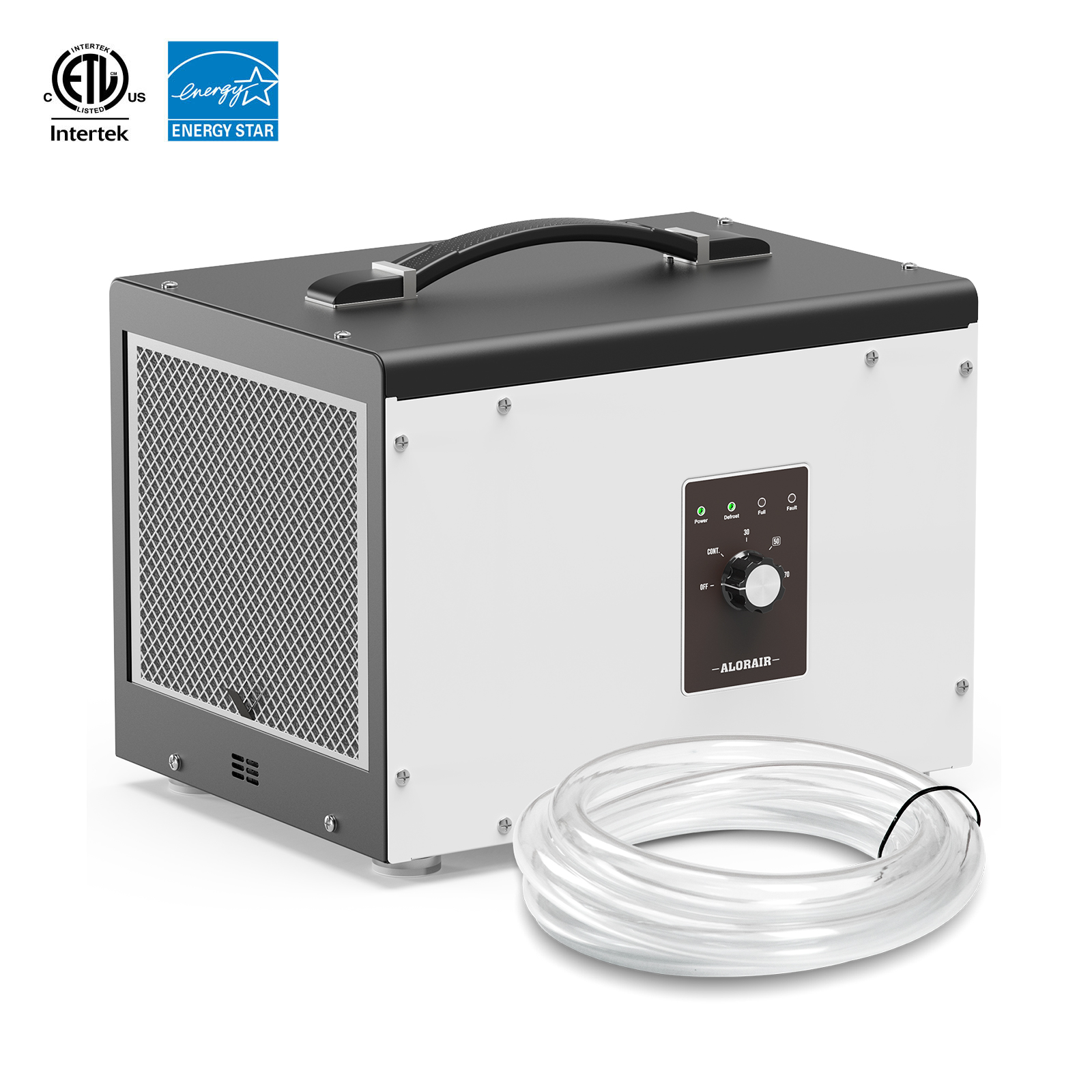
.jpg)
.jpg)

.jpg)
.HDi90.png)
.HD90.png)
-Duct.png)
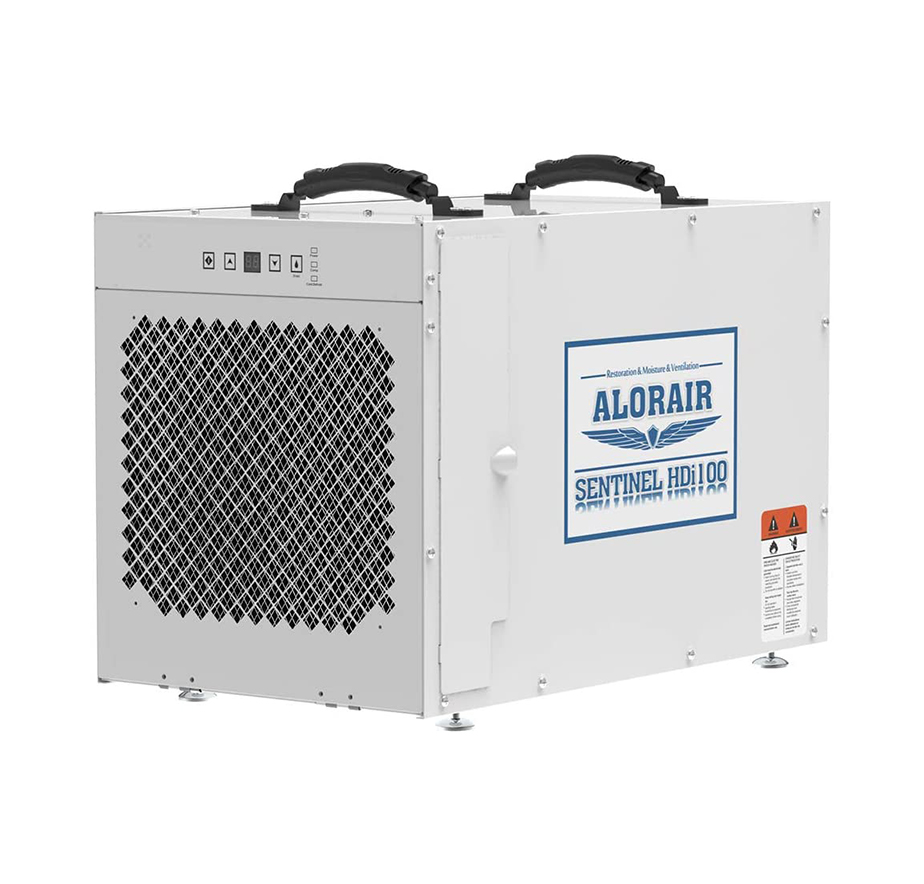
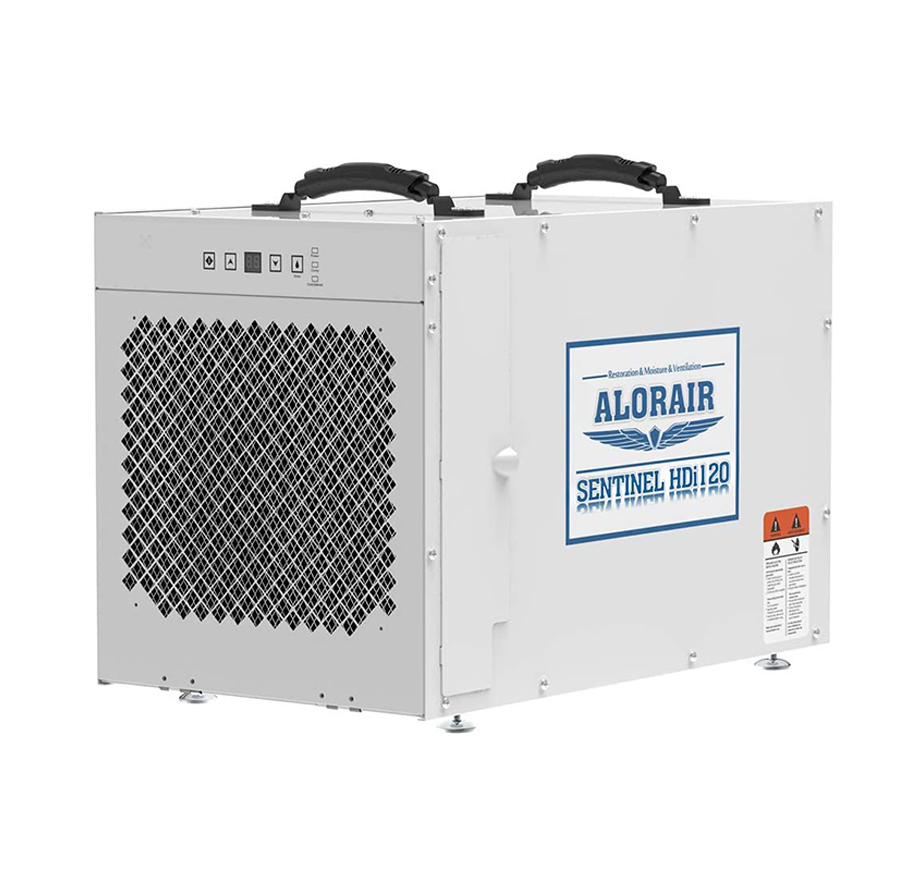
.jpg)

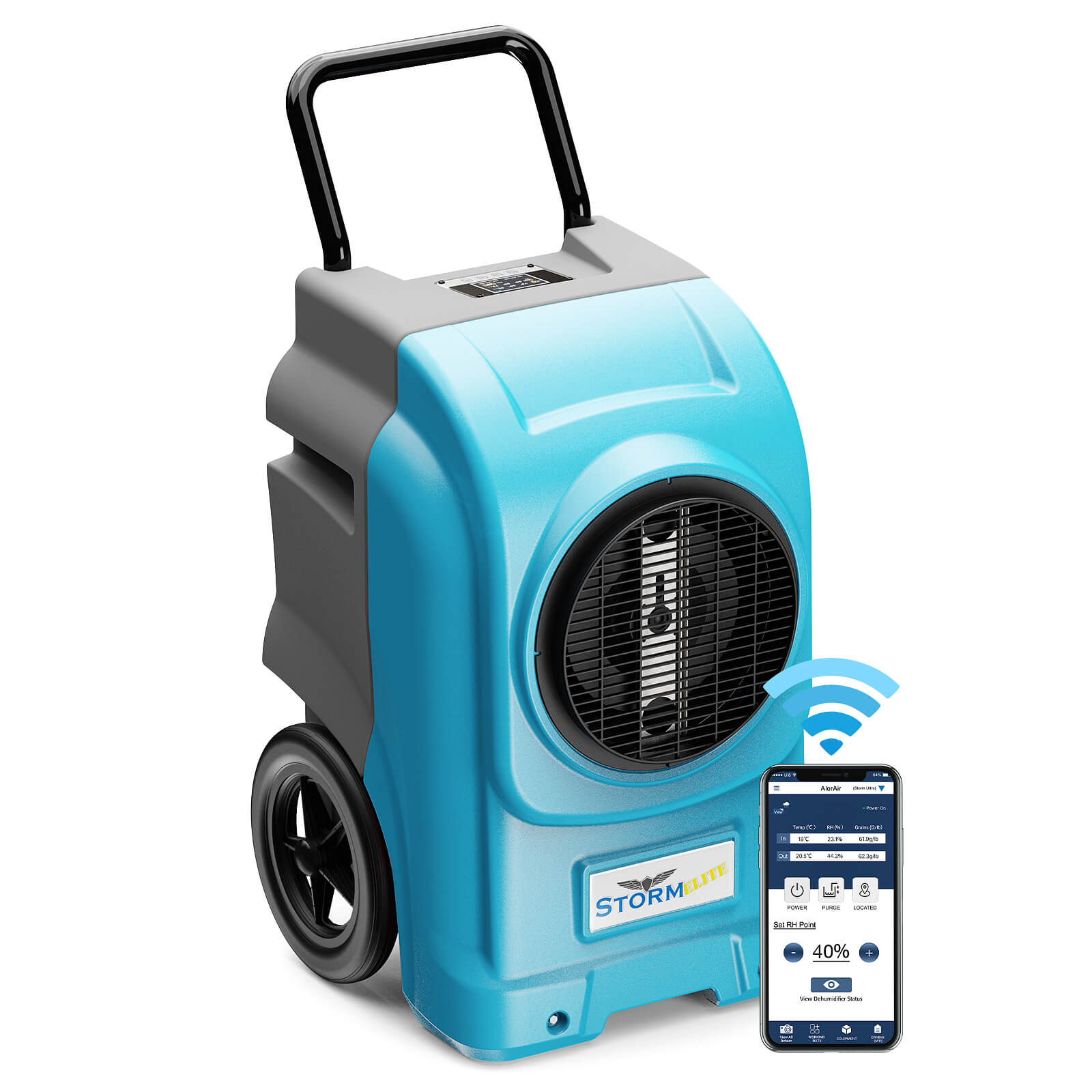

.jpg)
.jpg)

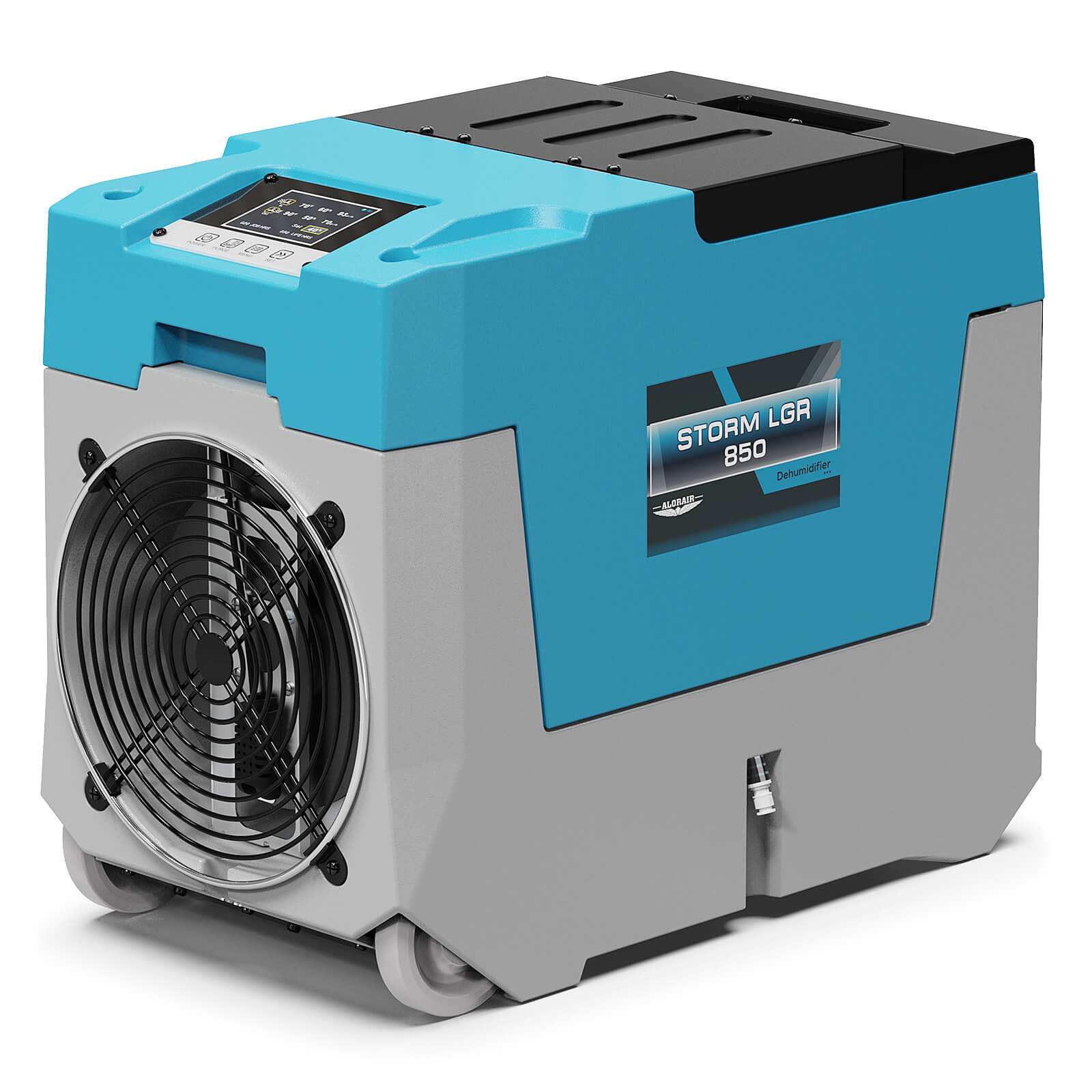
.jpg)








.jpg)
.jpg)













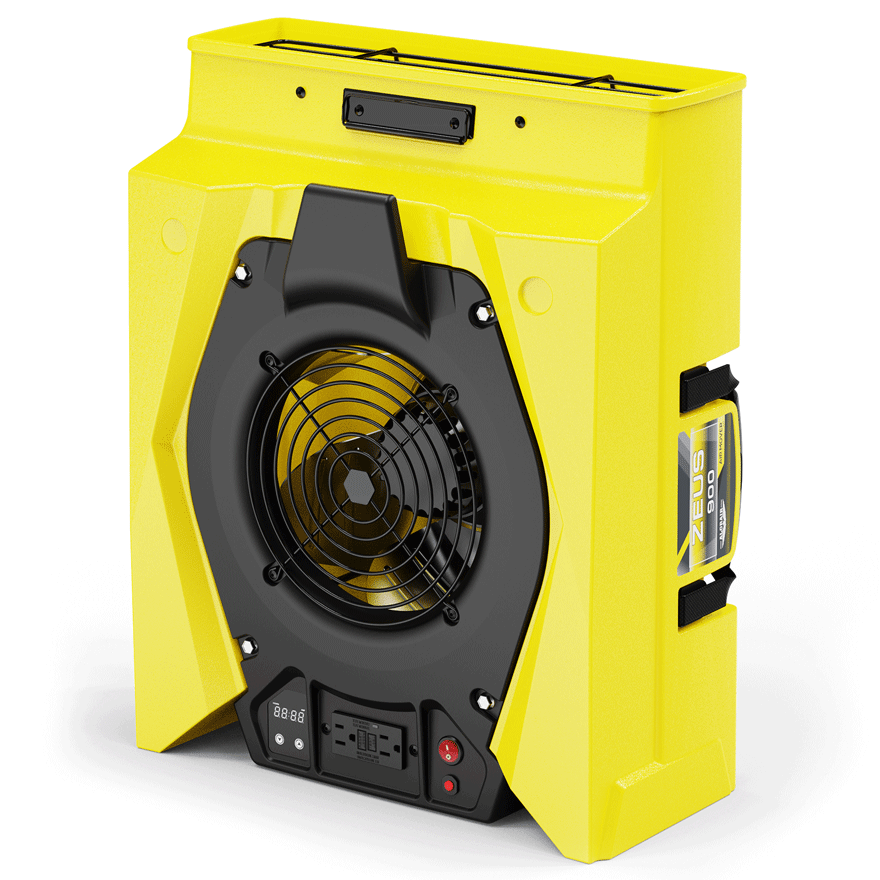
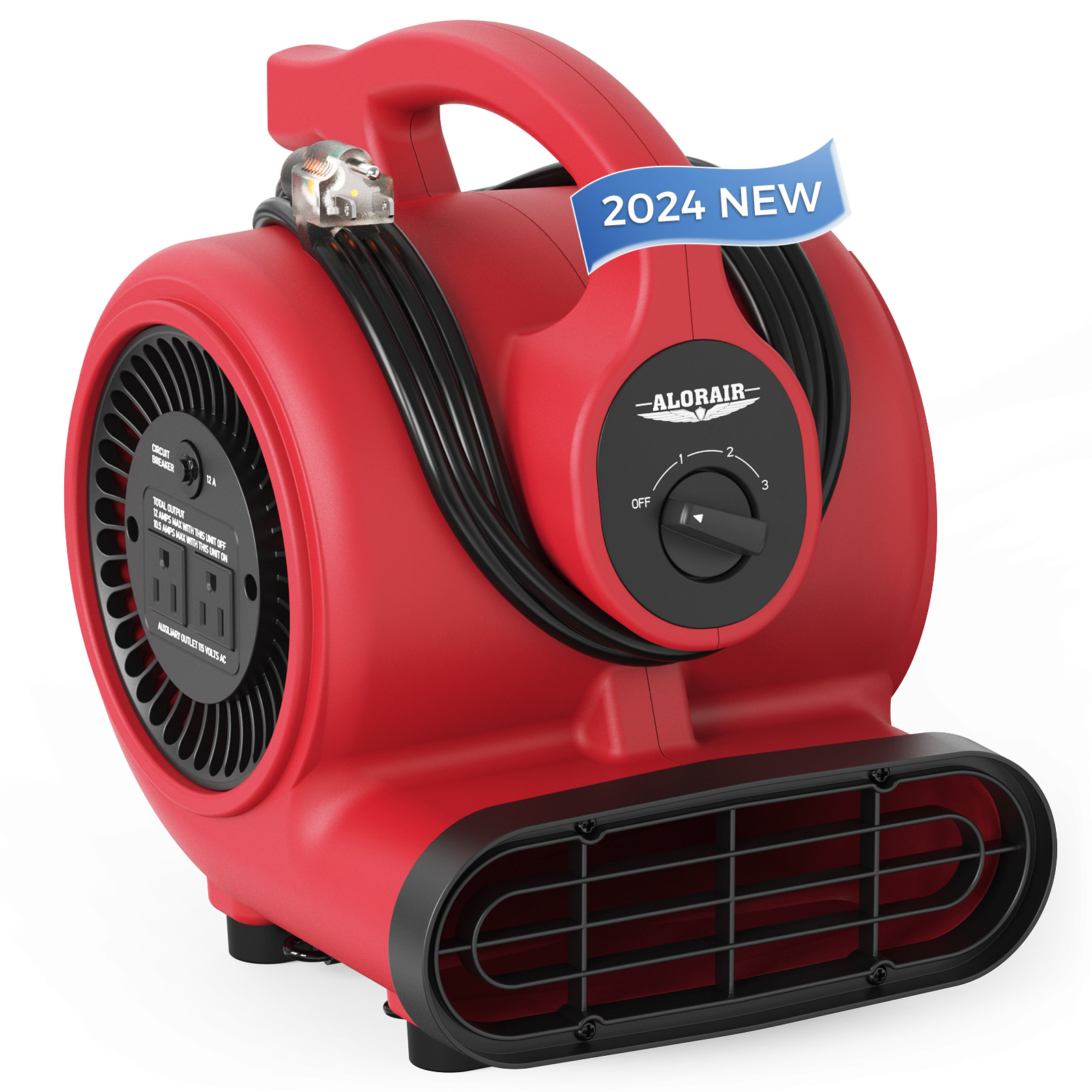
.jpg)
.jpg)
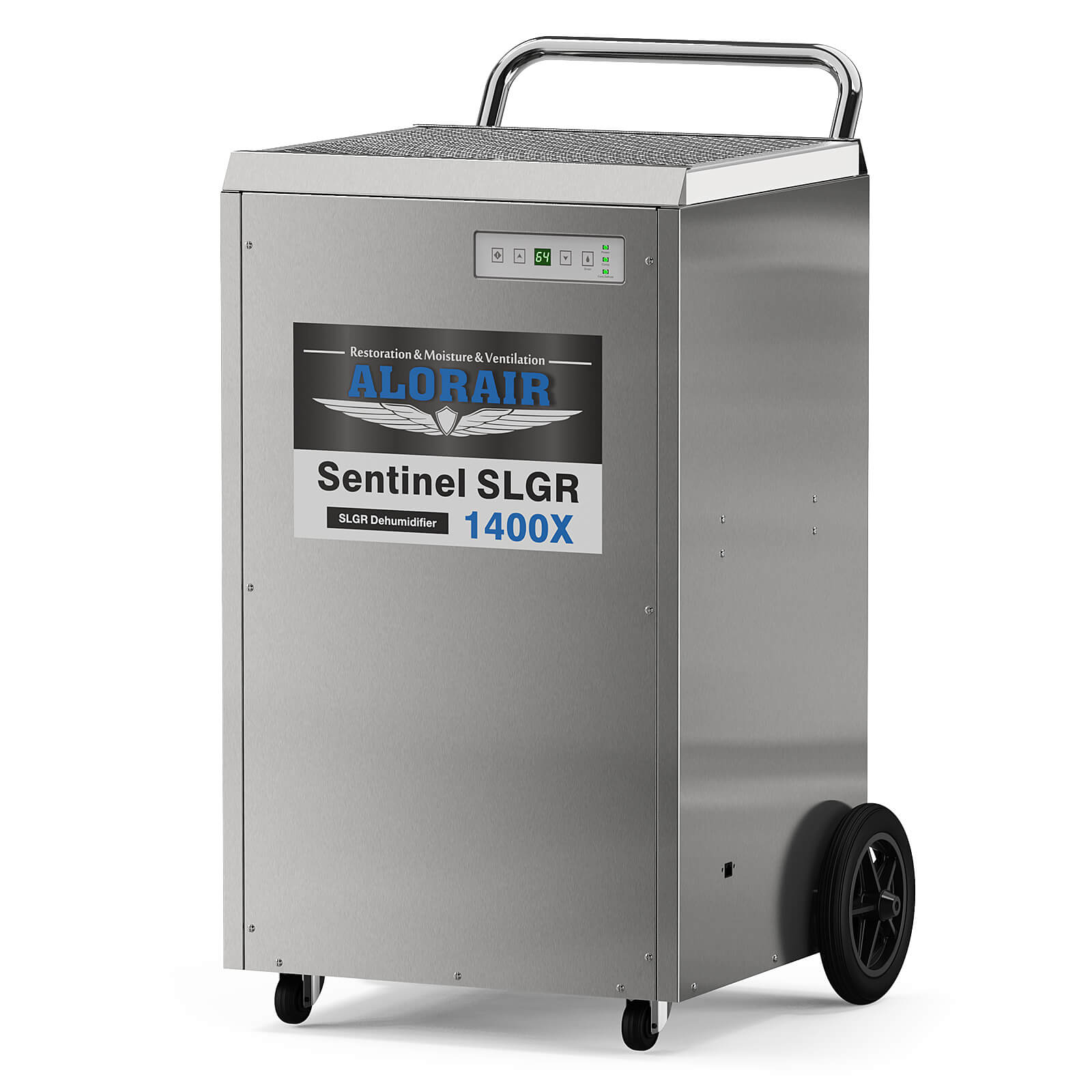





.jpg)
.jpg)








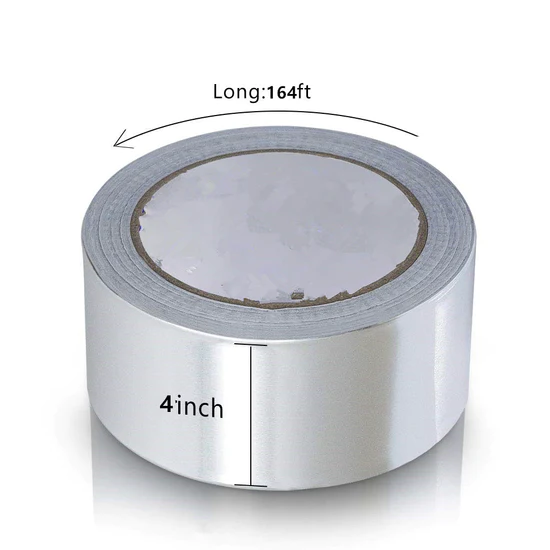
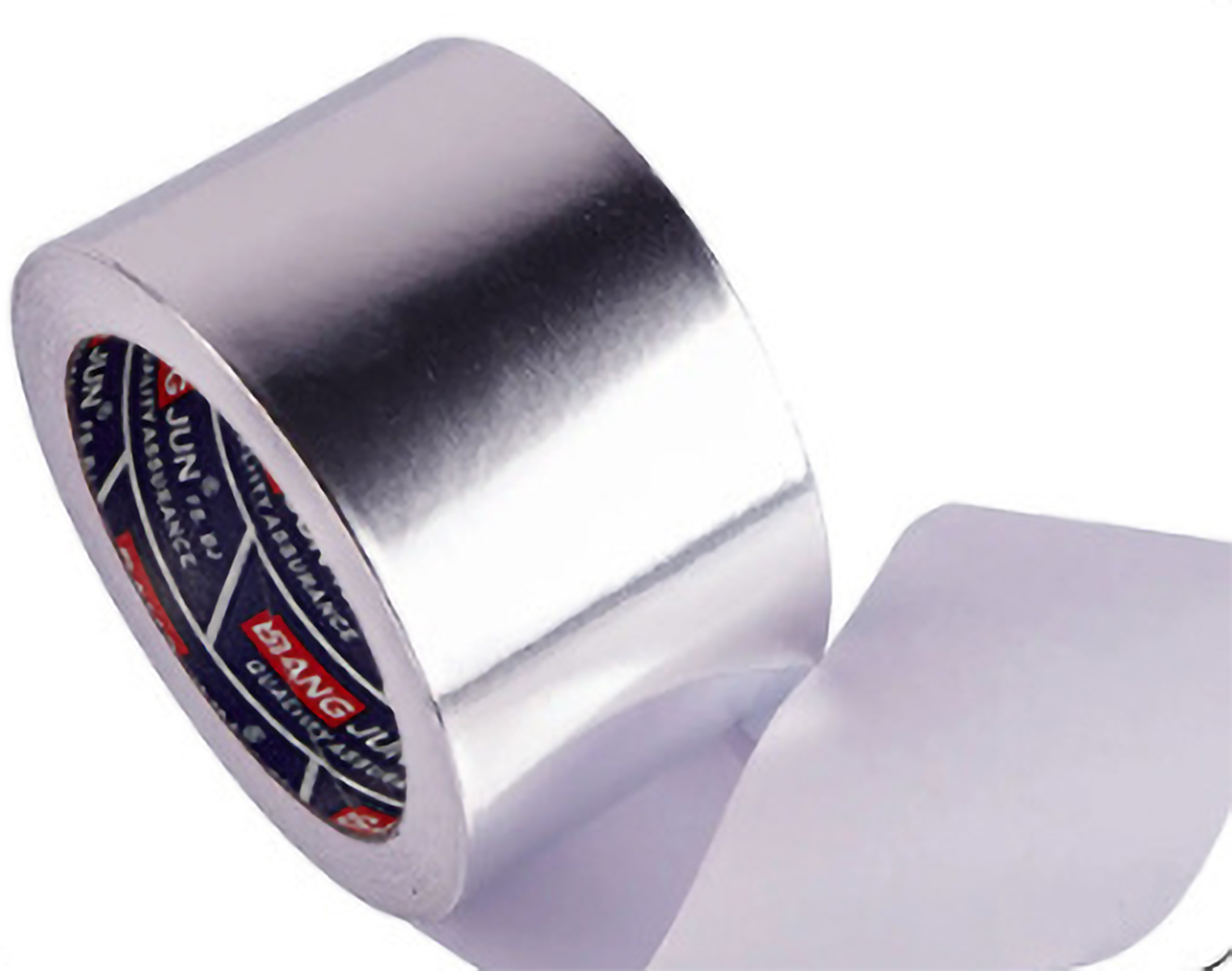
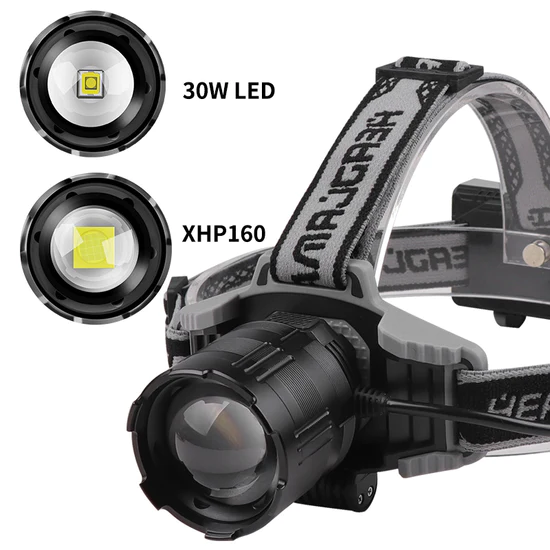
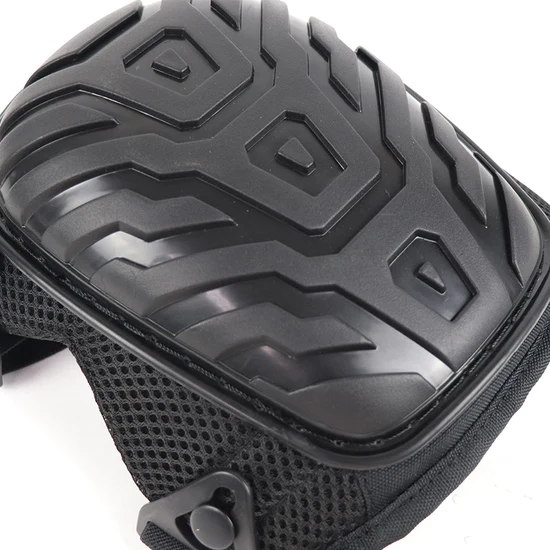
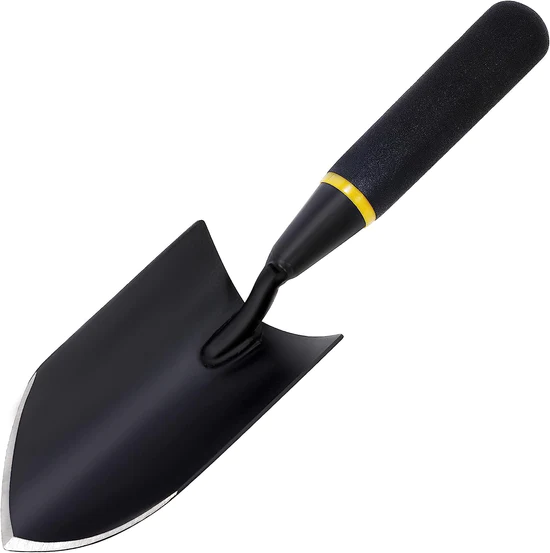
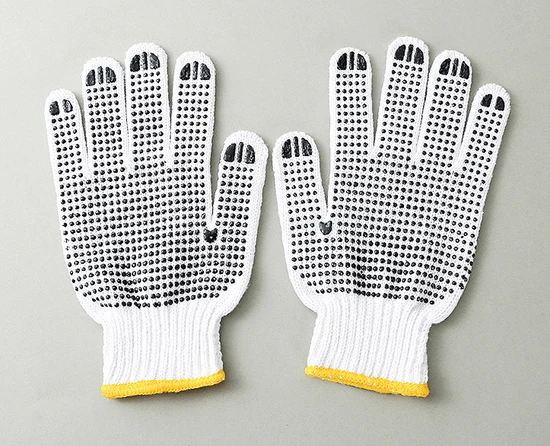
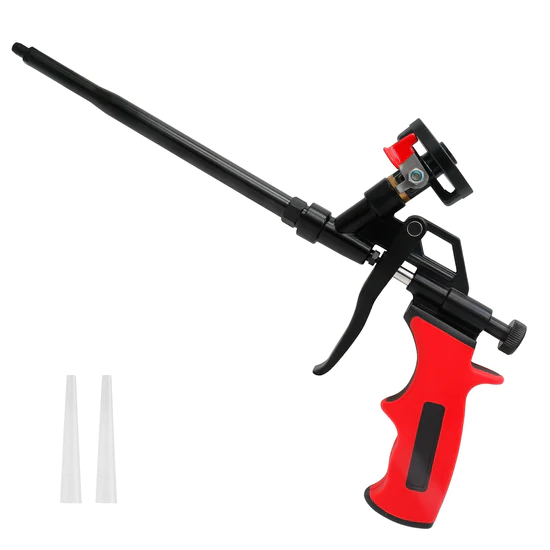
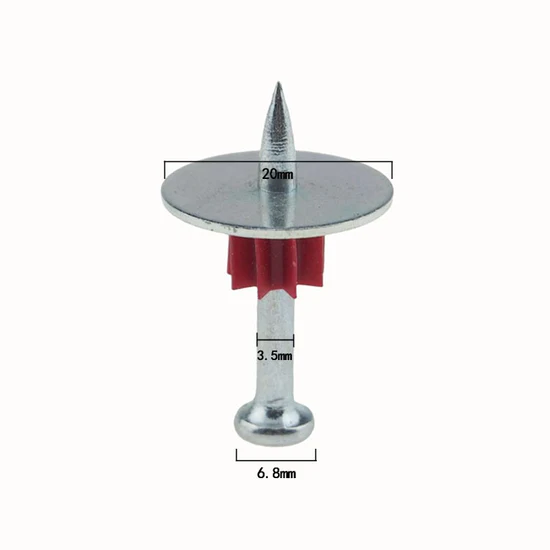
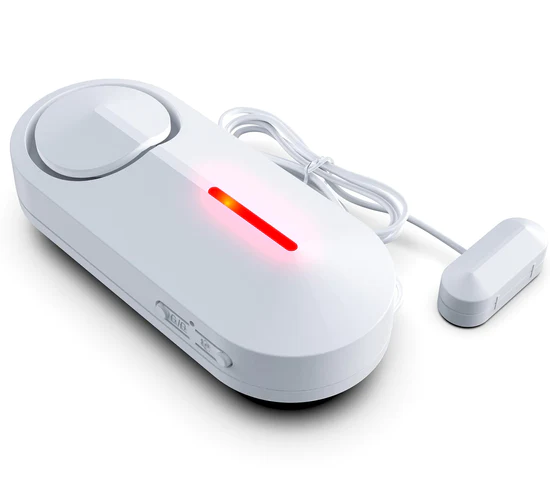
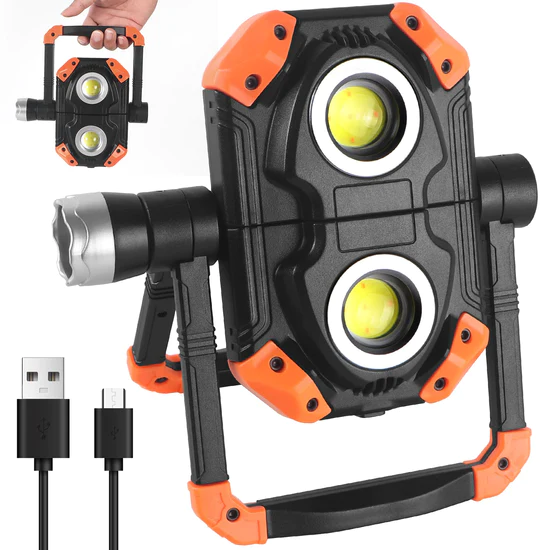
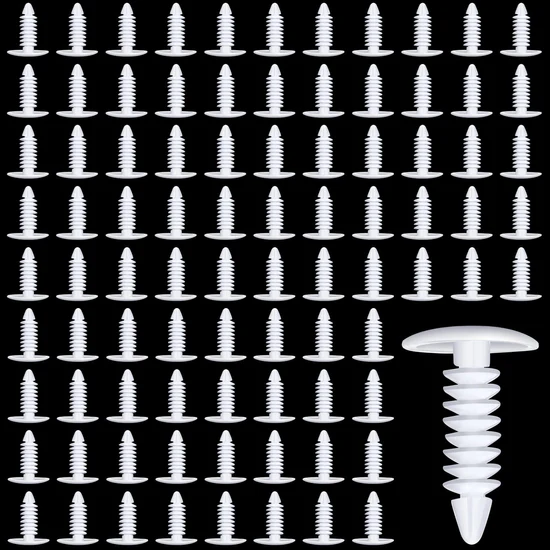

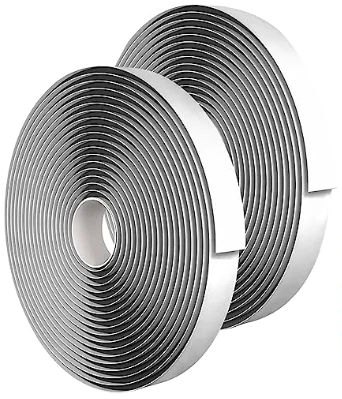
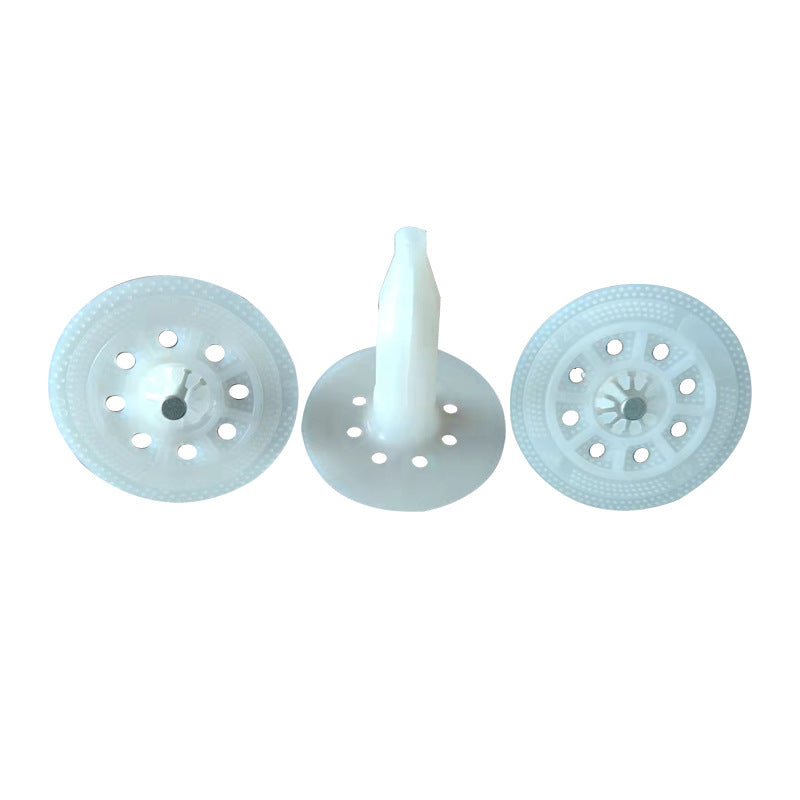
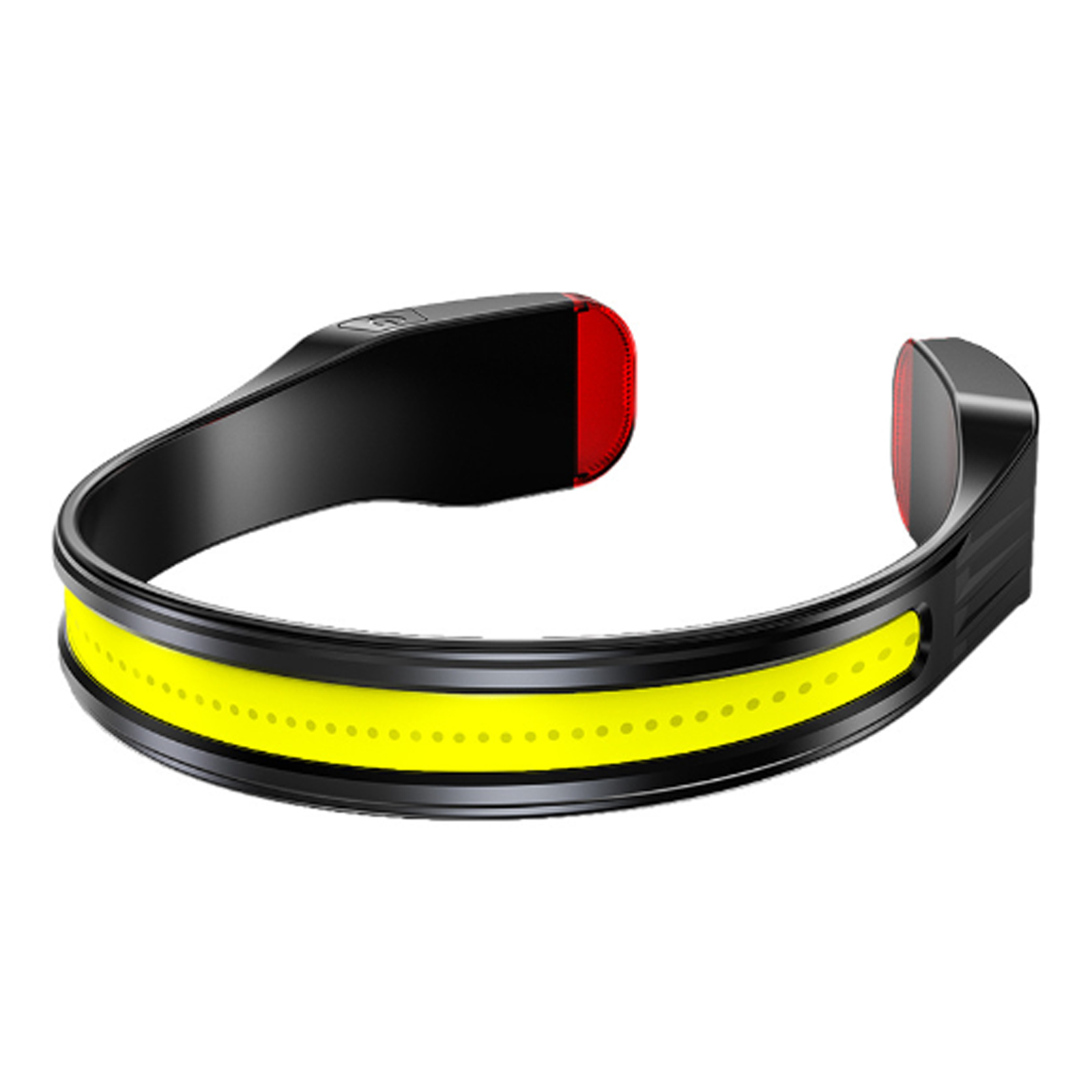
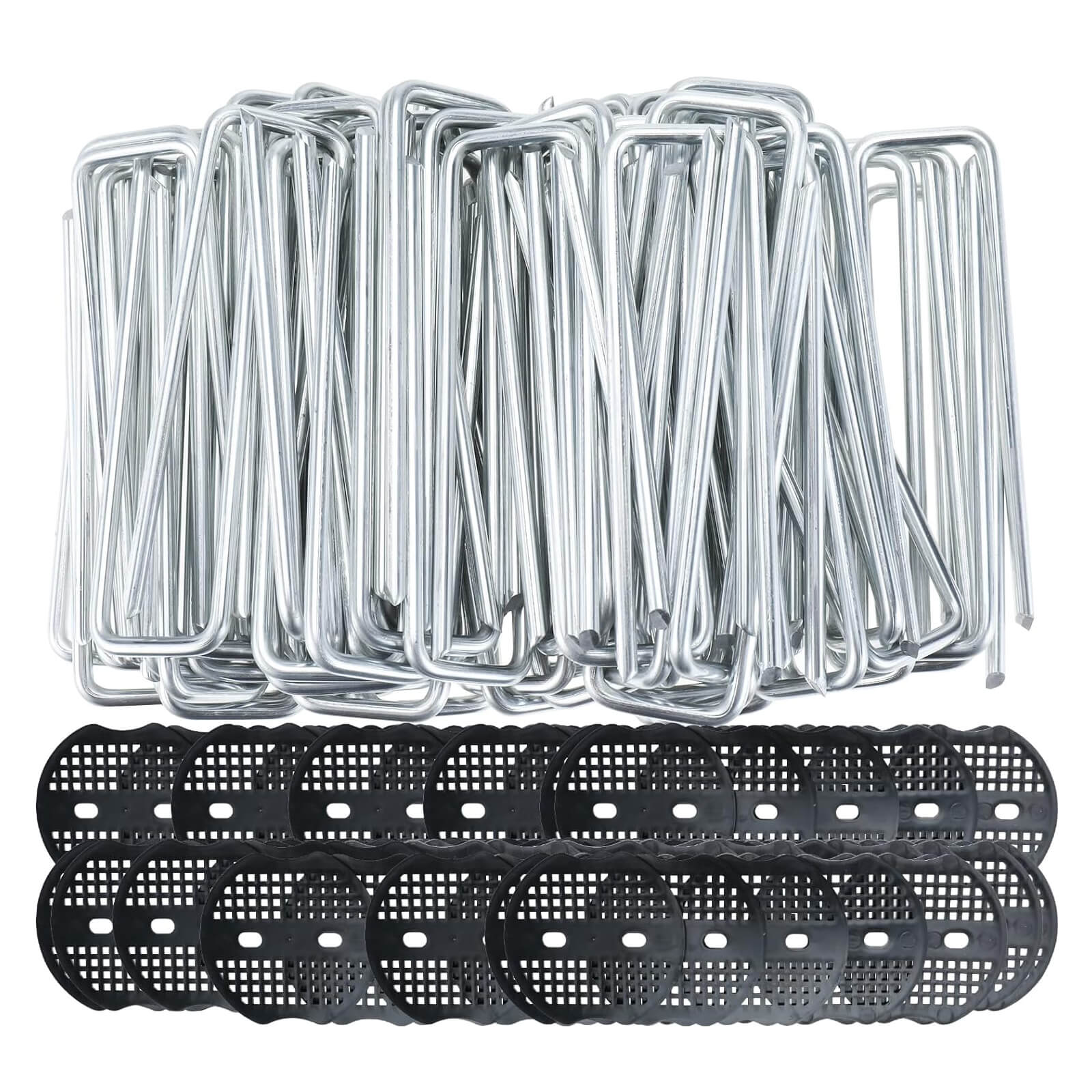
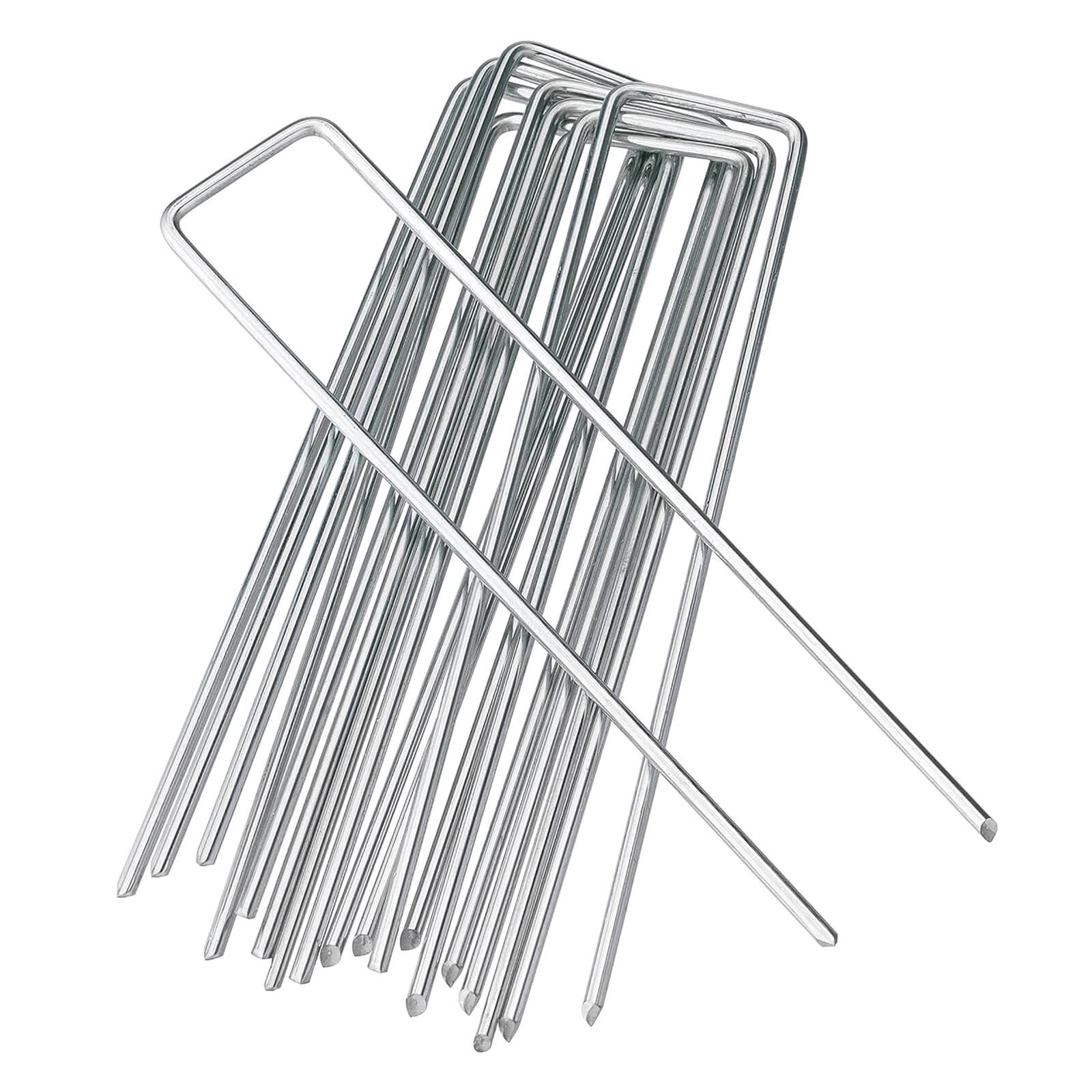
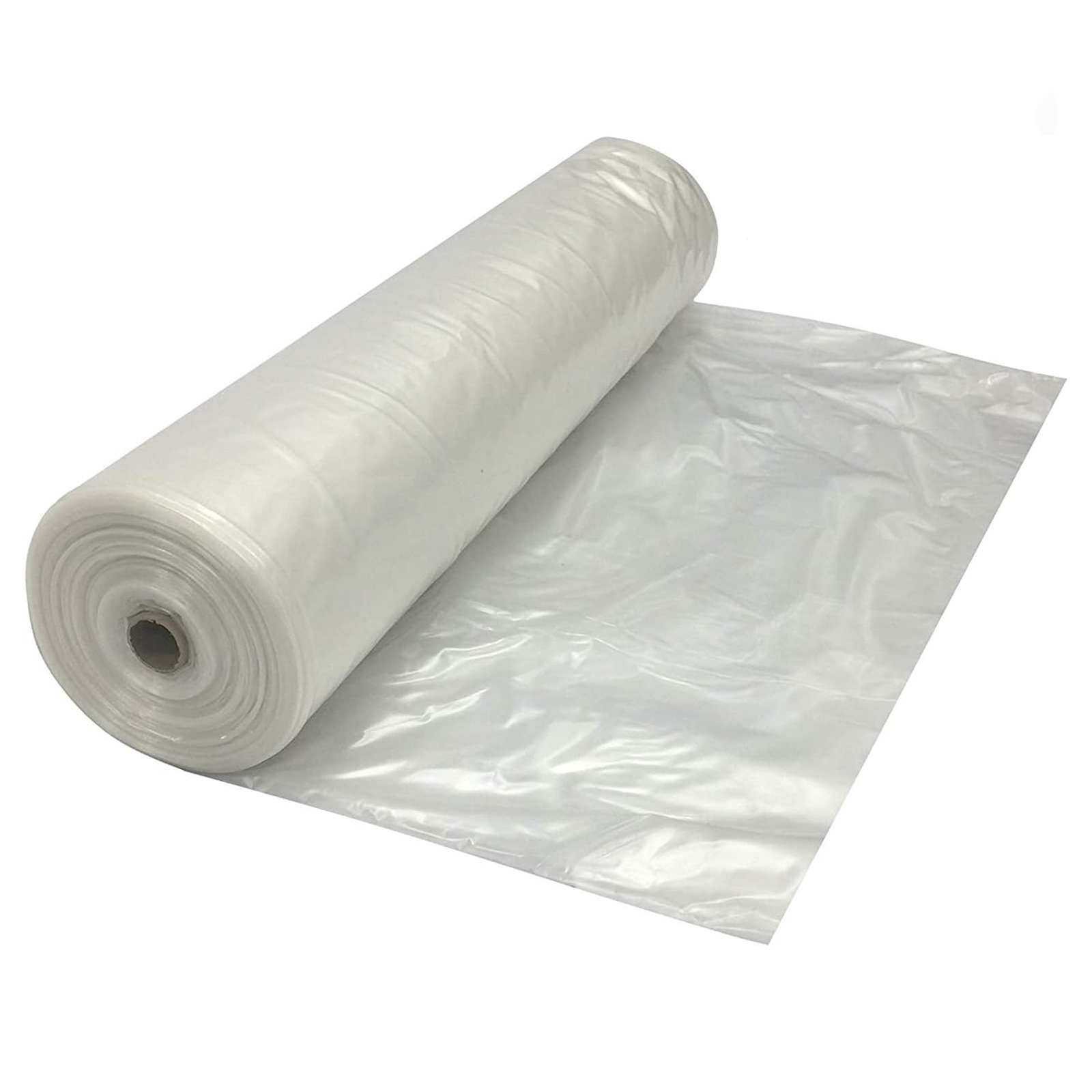
.jpg)
.jpg)
.jpg)
.jpg)
.jpg)
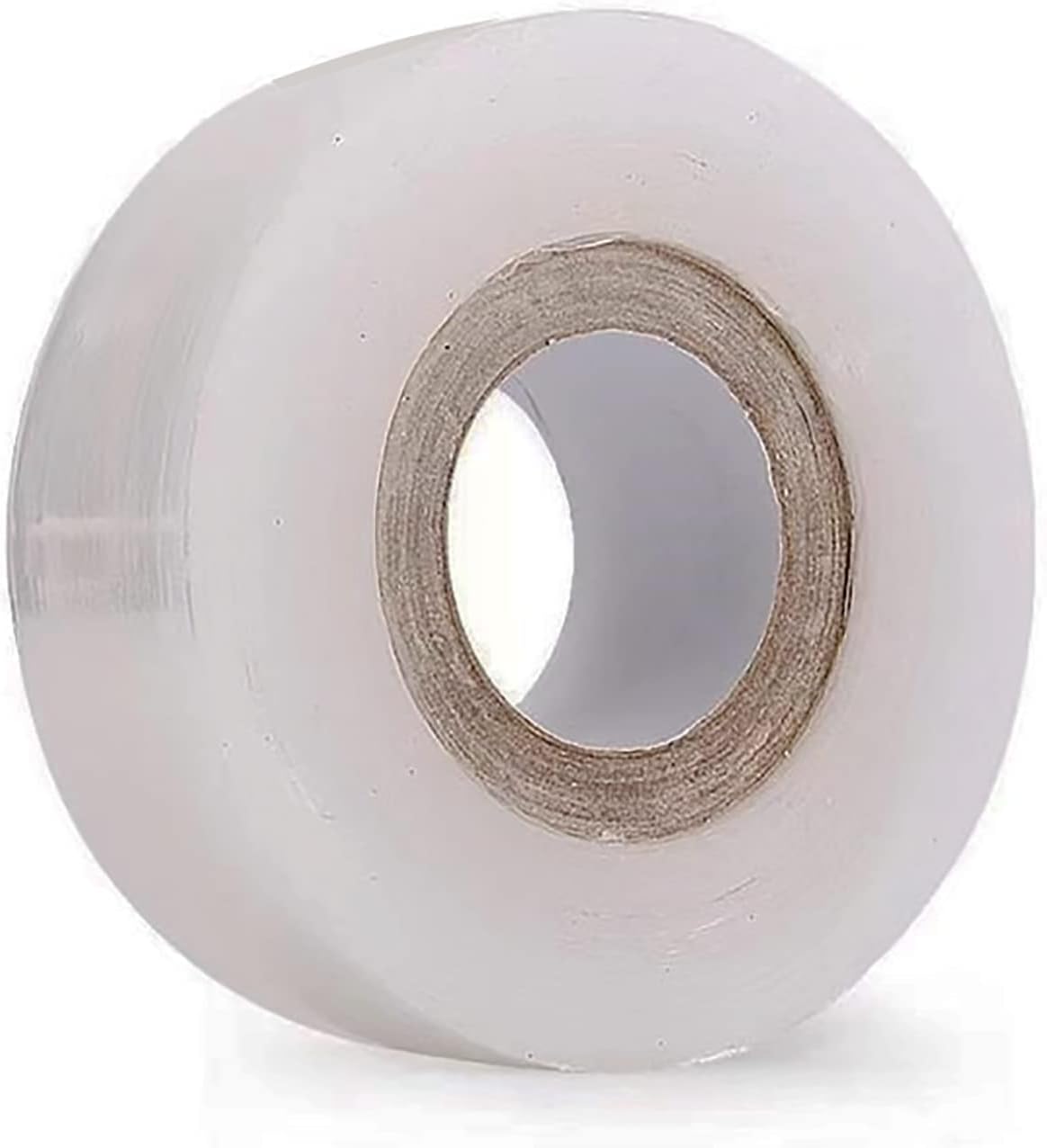
.jpg)
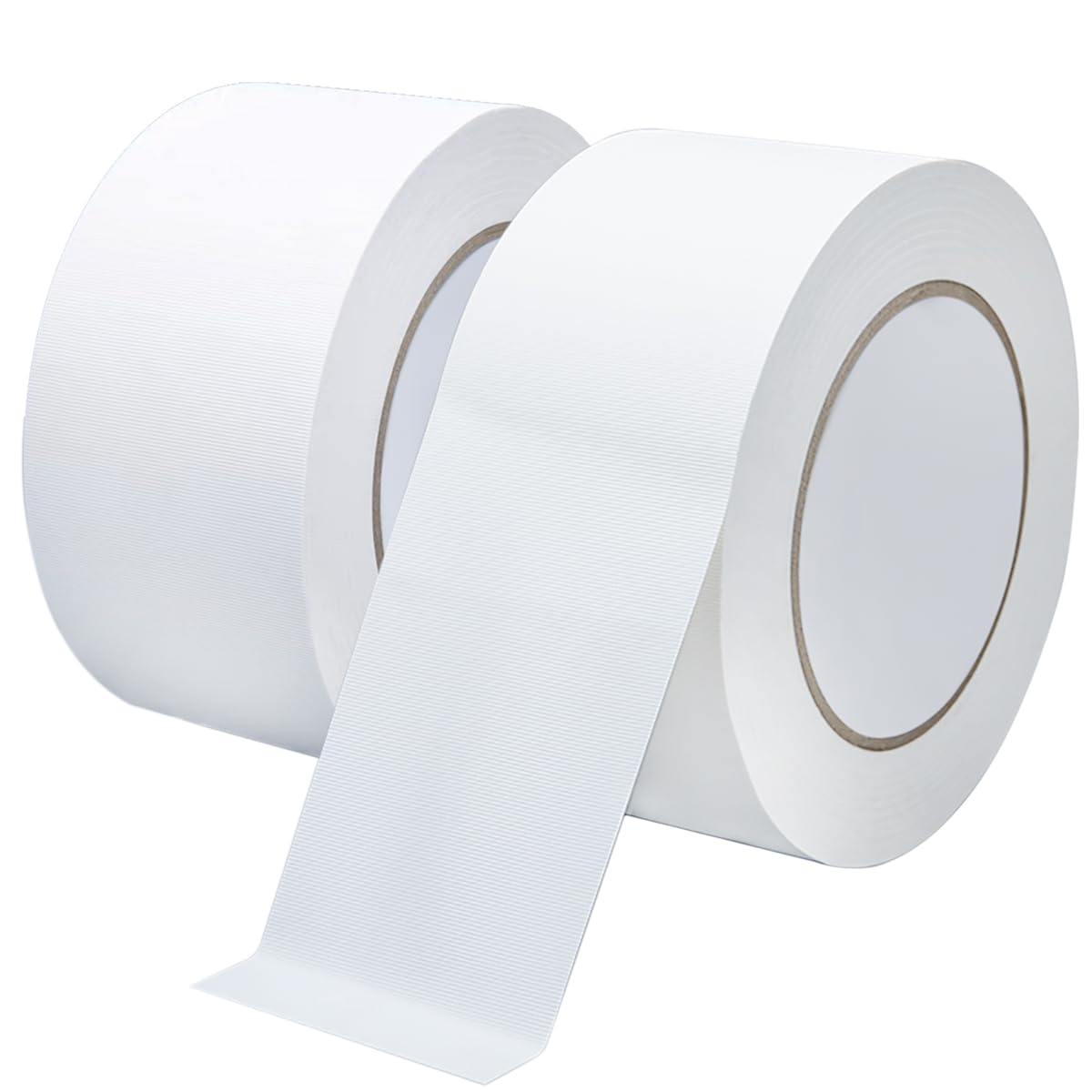
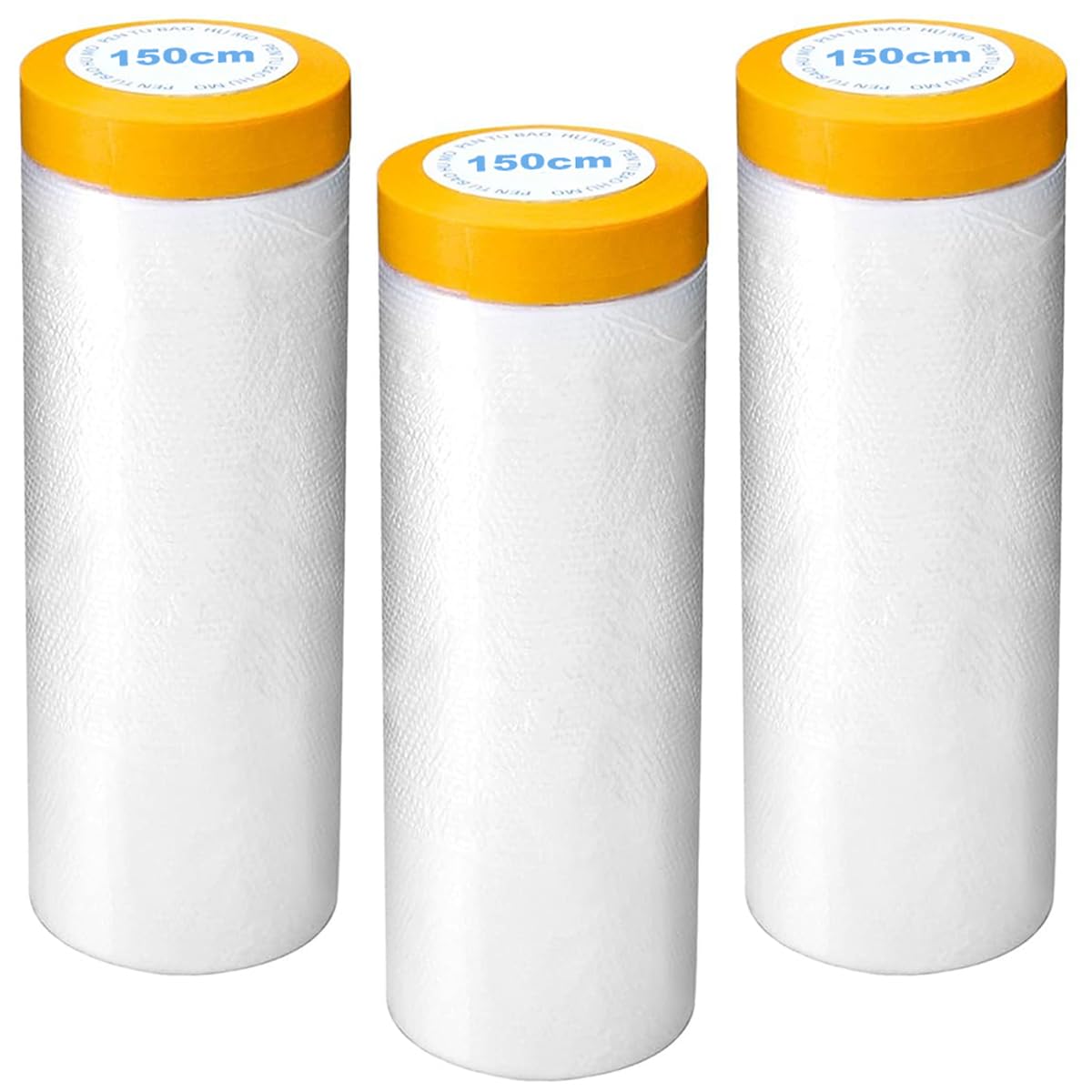
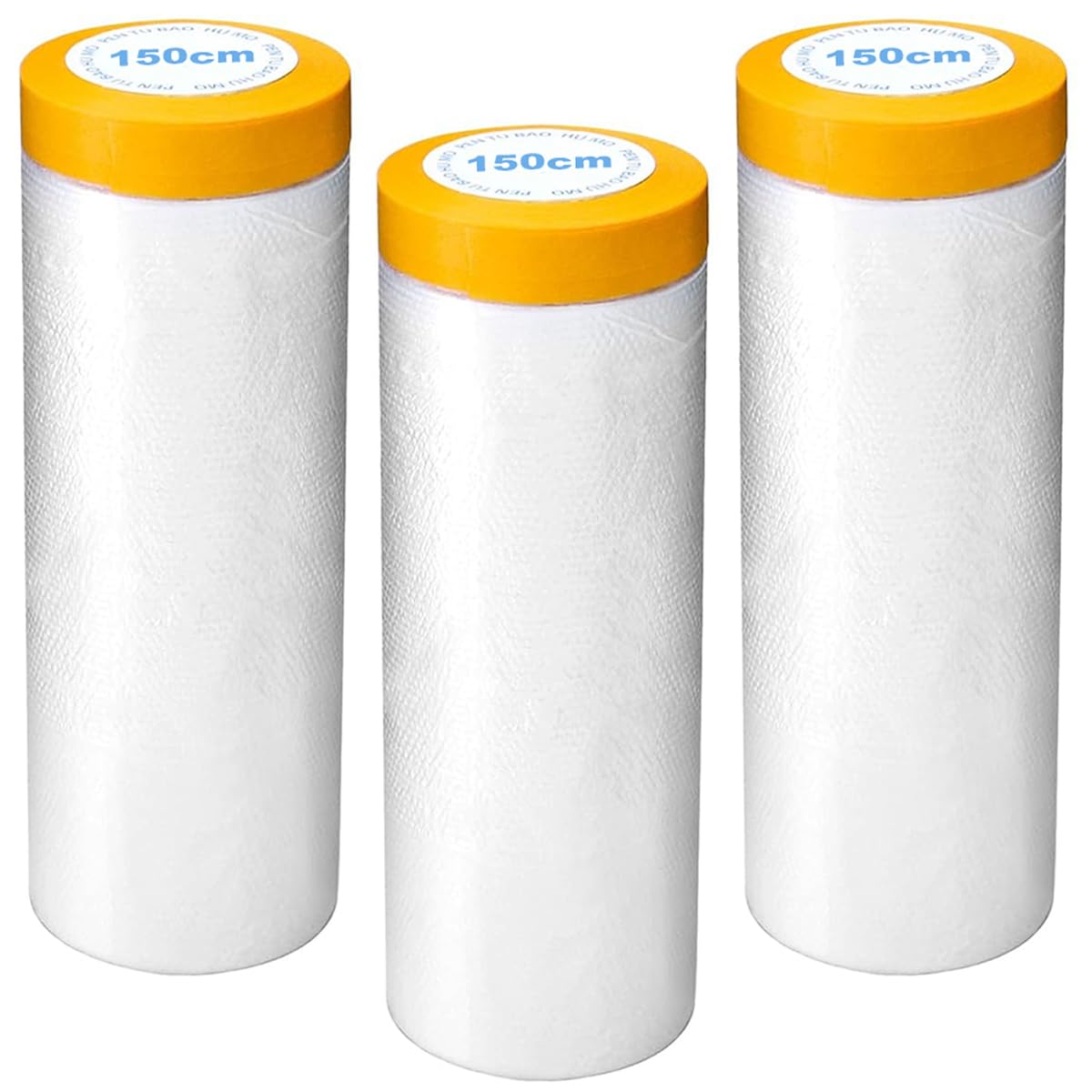
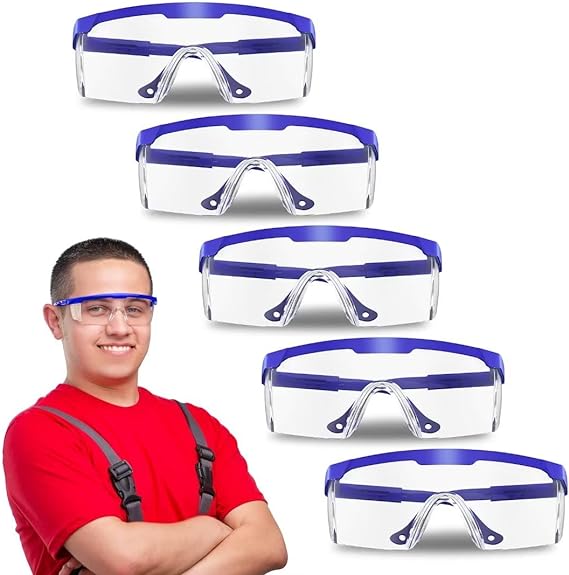
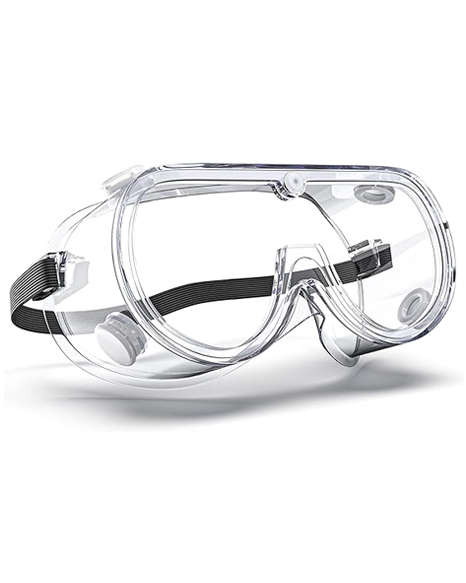


-.jpg)
.jpg)

.jpg)
.jpg)


























 Exclusive offers
promotions
Exclusive offers
promotions


